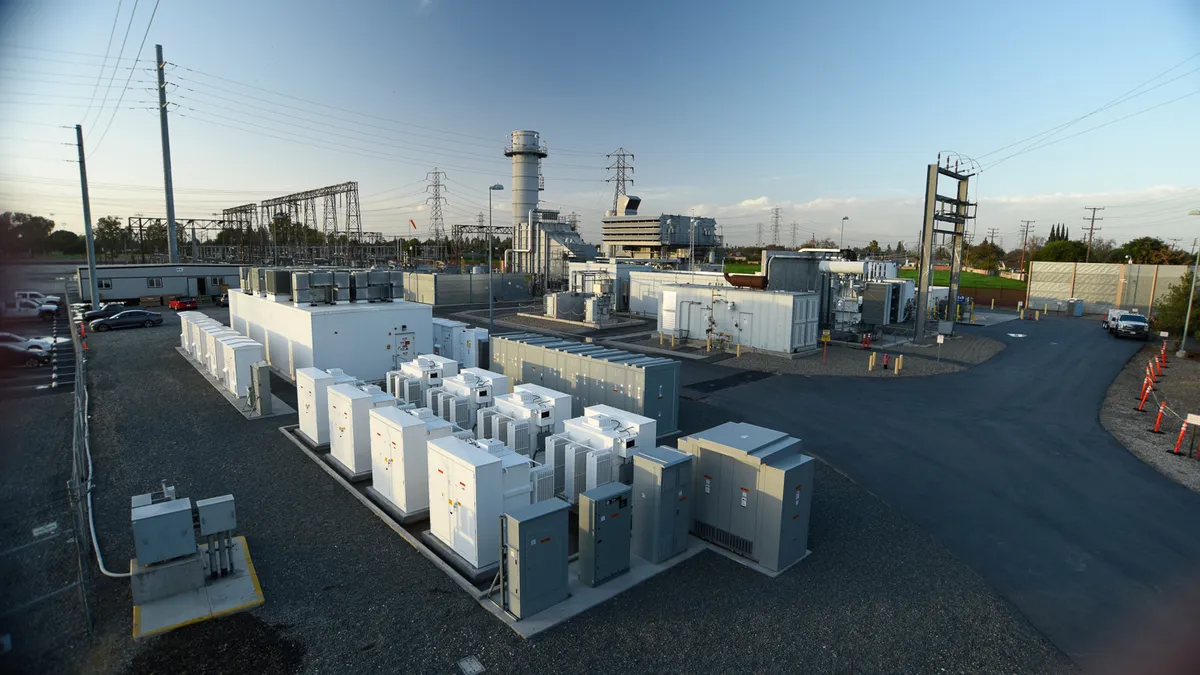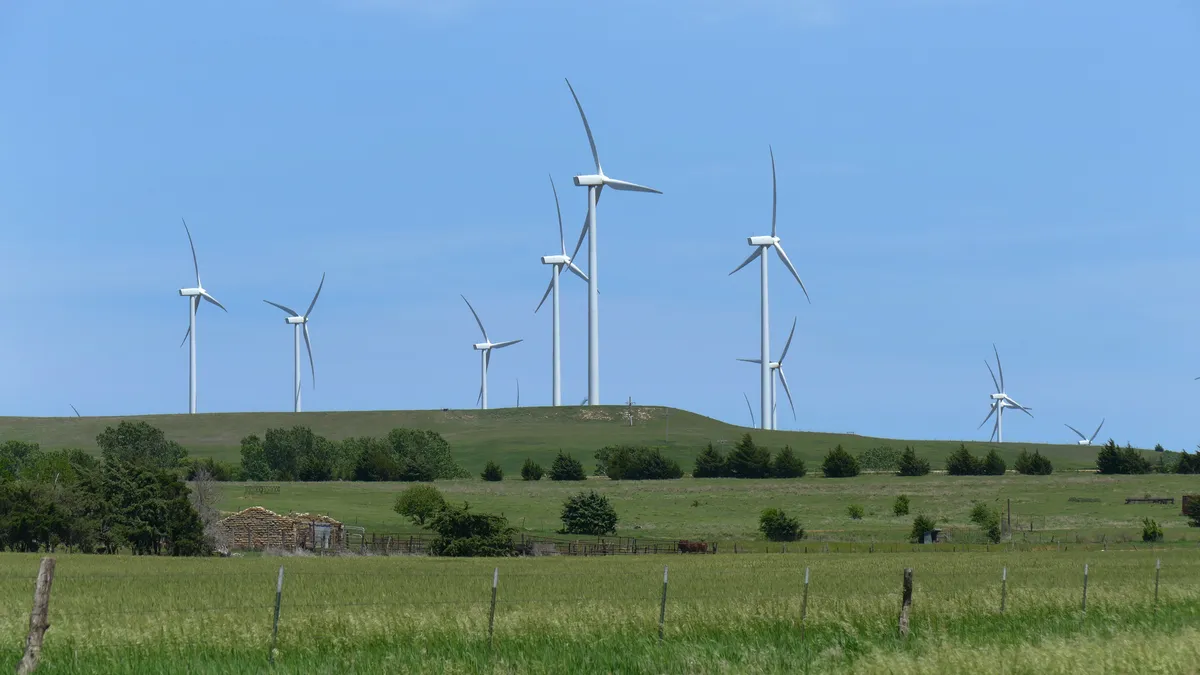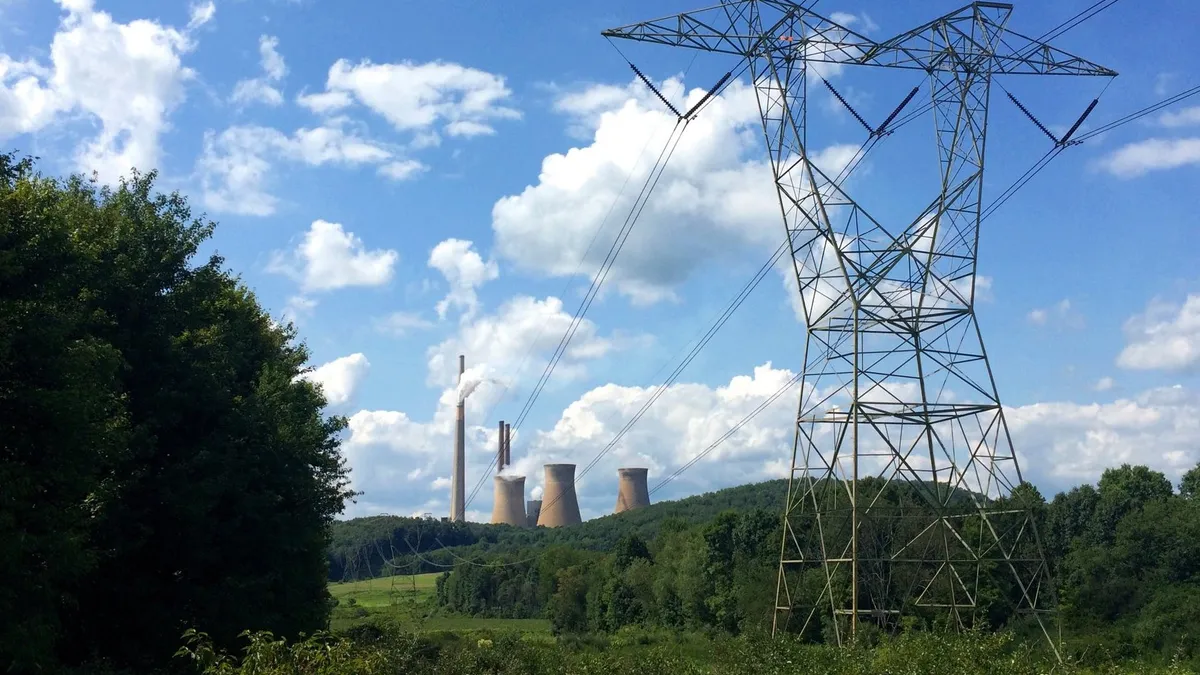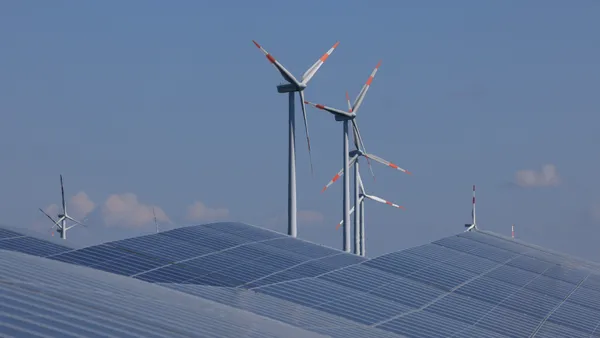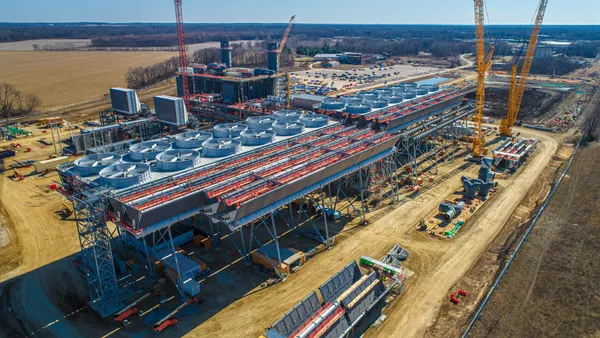Correction: A previous version of this article misrepresented Tesla's position on AEP's proposal.
Energy storage’s unique ability to act as both generation and load makes it a round peg in the square peg board of utility regulation.
That mismatch is destined to come into sharper relief as a rulemaking on energy storage in Texas moves forward, highlighting some of the contentious issues the technology raises in competitive power markets.
At the wholesale level, there is no problem installing an energy storage project in Texas. The state is already home to a number of storage projects, including the 2 MW Elbow Creek project deployed by NRG Energy and Toshiba in Howard County and the nearly 20 MW Texas Waves project near Roscoe that E.On brought online earlier this year.
“The separation of competitive and regulated entities has been very strict and thorough in Texas. It is a framework that everyone jealously guards.”

Michael Jewell
Attorney, Jewell & Associates
But deploying storage on the distribution grid can be challenging, as AEP Texas and Oncor Electric have discovered, and that can limit energy storage’s potential revenue streams. “There can be some wholesale market rules that make it harder to capture the full value,” Johannes Pfeifenberger, a principal at The Brattle Group, told Utility Dive.
The issue goes to the heart of the structure of Texas’ power market and what has enabled it to work so well, Michael Jewell, an attorney with Jewell & Associates, told Utility Dive. “The separation of competitive and regulated entities has been very strict and thorough in Texas. It is a framework that everyone jealously guards.”
AEP storage request rejected
The Public Utility Commission of Texas (PUCT) in late January dismissed a request by AEP Texas, a unit of utility giant American Electric Power, to install two battery storage systems as an alternative to a traditional distribution system expansion because it lacked sufficient information.
But the PUCT dismissed AEP’s filing without prejudice, meaning the utility is free to submit a new request. The commission welcomed the prospect for such action as it opened a rulemaking docket (#48023) Feb. 5. The rulemaking aims to "develop facts necessary to establish a regulatory framework" allowing for energy storage and other technologies within the limits of Texas' Public Utility Regulatory Act (PURA), the law that governs the state’s electric grid.
PUCT Chairman DeAnn Walker thanked AEP for its “innovative” solution and for bringing its request to the commission.
“In the changing environment in which we live, there are new technologies that could hold significant promise to serve Texas customers more reliably and efficiently,” Walker wrote in a memorandum to the dismissal decision.
Referring to the new rulemaking docket, Walker further wrote that opening a separate process will provide the information necessary for the commission to take the next step on these issues, including “consideration of potential impacts on the energy-only wholesale market and competitive retail market.”
AEP had proposed installing a 1 MW/2 MWh lithium-ion battery at its Bush Knob substation in Woodson and a 500 kW/1 MWh battery system in Paint Rock. The Woodson batteries would have been used to provide power during outages and would have cost about $1.6 million, far less than the $6 million to $17 million cost of traditional solutions, according to AEP.
The Paint Rock facility would have been used to provide power for future load growth to an already overloaded substation and, according to AEP, would have cost about $700,000 compared with the $5.3 million cost of a substation upgrade. AEP Texas was seeking PUCT approval to put both battery storage projects into its ratebase.
“Our focus is to actively participate in the rulemaking on the commission’s docket to explore non-traditional technology,” AEP Texas spokesman Larry Jones told Utility Dive. AEP does not plan to make a decision on the two projects until after that rulemaking process is completed, he added.
Two issues with AEP proposal
Two issues came to the forefront in the PUCT’s order — the legality of a regulated distribution company owning an energy storage system and how the batteries would be charged.
Some nine opponents submitted a joint filing calling AEP’s proposal an attempt to sidestep PURA. Under the statute, battery facilities are deemed to be generation assets, but AEP’s proposed facilities would contravene “the plain language of PURA and the Legislature's intent to wholly separate competitive and regulated activities,” the opponents wrote.
The joint filing was submitted by the Alliance for Retail Markets, Calpine, Luminant Energy, NRG Energy, the Office of Public Utility Counsel, the Texas Energy Association for Marketers, Texas Competitive Power Advocates, Texas Industrial Energy Consumers and TXU Energy Retail.
In the filing, Texas Industrial Energy Consumers said AEP was seeking “to step over the bright line the Legislature has drawn between regulated ‘wires’ service and the competitive ERCOT wholesale and retail markets. In 2011, the Legislature made clear that battery storage devices are generation assets that transmission and distribution utilities like AEP are not allowed to own.”
For its part, Tesla filed a position in the proceeding, arguing that AEP’s request was in accord with Texas law and recommended that the PUCT approve AEP’s application request.
How to charge for charging
Regarding the battery charging method, AEP proposed to not account for the energy used to charge the batteries or the energy discharged from the batteries to provide electricity to retail customers. AEP argued that energy should be treated as unaccounted for energy (UFE) under Electric Reliability Council of Texas (ERCOT) rules in a manner similar to the treatment of the batteries AEP installed on its transmission lines in its 2010 Presidio pilot project in Texas.
That proposition also drew vocal opposition. The nine parties in the joint filing called it “bad public policy that would allow AEP to exploit its position as a regulated utility to the detriment of ERCOT ratepayers and the efficient functioning of the ERCOT competitive market.”
“We are pretty invested in non-wires alternative build-outs. We don’t want to see fossil fuel capacity come online” when energy storage could serve the same role.

Adrian Shelley
Director, Public Citizen's Texas office
The Texas Industrial Energy Consumers group also said the proposal would have allowed AEP to rely on “ratepayer funding to recover these costs, thereby introducing a ratepayer-subsidized facility into the competitive generation markets.”
In Jan. 11 oral arguments, Kerry McGrath, an attorney for AEP Texas, told the commission the proposed batteries would have run infrequently, only about 12 times a year and they would have used “very, very little energy.” In its filing, AEP said it was “open to discussions with interested parties regarding alternatives for accounting for the energy used during charging and discharging.”
But generators and others still saw the potential for harm and expressed concern that the injection and withdrawal of energy into the grid would distort the competitive market. For instance, using batteries to shave peaks could deprive generators of revenues from peak power prices that can be essential to their financial viability. Reduced loads also could lower demand and deprive generators of the opportunity to build a new power plant.
An analysis of energy storage in ERCOT by The Brattle Group found it could lower the prices paid for the highest peak hours. But with energy needed to charge batteries, storage could be “slightly beneficial” for generators because it would create more high-priced hours and increase prices during low-priced hours, Pfeifenberger said. Customers, on the other hand, could see slightly lower rates as a result of distribution-sited energy storage and would also benefit from improved reliability, Pfeifenberger said.
But generators say they should be the ones making any investment in energy storage. The UFE issue is likely to be one of the key topics in the PUCT's rulemaking.
In her memo rejecting AEP's initial storage request, Walker said she “firmly believes” the energy consumed to charge the batteries should not be treated as UFE. She said the use of UFE to support new distribution solutions is not “beneficial to the market; therefore, it should not be allowed by the Commission.”
The heart of the matter is whether or not a company is going to be allowed to use its monopoly position to leverage itself into the competitive market.
“The issue is when a utility tries to recover those costs [of an energy storage system] through monopoly rates,” Catherine Webking, an attorney with Scott Douglass & McConnico, who represents the Texas Energy Association of Marketers, told Utility Dive. “Our position is that energy storage is a competitive service because it is definitely something that others are capable of providing.”
Barriers to entry?
From one perspective, it may appear there are high barriers to entry for storage in Texas. In 2014, Oncor Electric proposed spending up to $5.2 billion on energy storage projects, requiring a change in state law. The utility floated the idea of making that change, but never made headway in the legislature.
Brattle, which was hired by Oncor to study the issue, proposed another solution — auctioning off storage capabilities that touch the competitive market, which also failed to gain traction.
But PURA does not have to change to open the Texas storage market.
“Under the current regime, battery storage could serve any function, as long as it’s not in ratebase,” Jewell said. “There is no reason a competitive producer couldn’t come up with a solution.” As Webking said, “the statute contemplates that competitive solutions are preferred.”
Meanwhile, proponents on both sides of the storage issue are preparing for the rulemaking. In AEP Texas' initial filing, environmental advocates such as Environment Texas and the Sierra Club backed the company's proposal. They also support the rulemaking, citing an Environment Texas report that says energy storage is an important tool in the transition to a cleaner grid.
Other advocacy groups are also gearing up for the rulemaking.
“We are working with consultants to craft our position,” Adrian Shelley, director of the Texas office of Public Citizen, told Utility Dive. There is likely to be “some counter messaging” about the need for baseload resources. “We hope that is not the direction taken,” he said. “We are pretty invested in non-wires alternative build-outs. We don’t want to see fossil fuel capacity come online” when energy storage could serve the same role, Shelley said.
There is a chance that could happen even before the rulemaking is settled. The next big step in the Texas power market will be when a battery storage system is deployed on a merchant basis to replace a peaker, Sam Jaffe, managing director of Cairn Energy Research Advisors, told Utility Dive. With the expectation of tighter reserve margins in ERCOT as a result of retiring coal plants, that could happen sooner rather than later, perhaps “some time in the next two years,” he said.


